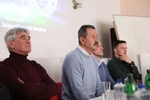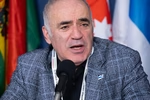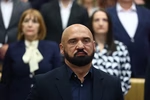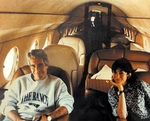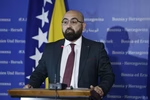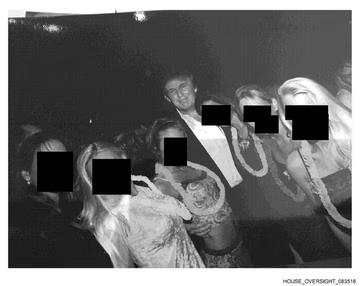As Sarajevo marks 30th anniversary of its siege, Europe is facing another war
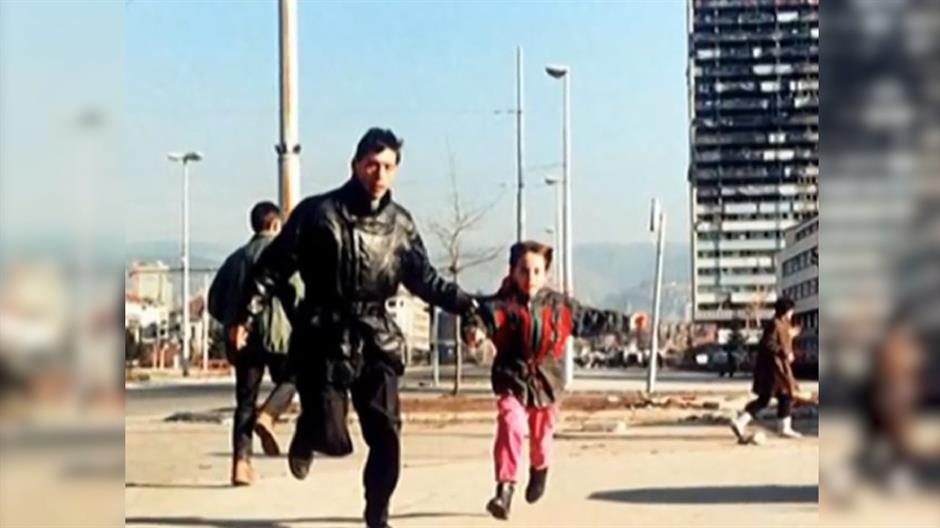
As Bosnia’s capital marks the 30th anniversary of the longest siege of a capital city in the history of modern warfare, Europe faces a new war and now Sarajevo must serve as a warning for 2022, Sarajevo Mayor, Benjamina Karic, told N1.
Oglas
"Thirty years after the siege of Sarajevo began, we have war and aggression in Europe again. We need to teach young people what happened,” Karic said, arguing that this can serve as a warning to new generations.
The thirtieth anniversary of the siege of Sarajevo is being marked in various ways and photographs from that period are on display throughout the city.
“These are images that go out into the world and serve as a warning. Now in 2022, more than ever, Sarajevo should be a warning to what is happening. Nobody needs a new Sarajevo,” she said.
The 44-month siege began on April 5, 1992, and lasted until February 29, 1996. Some 12,000 people were killed during this time, including more than 1,500 children, and 50,000 people were wounded. More than ten thousand planes landed at and took off from the Sarajevo International Airport throughout this time, delivering humanitarian aid, UN forces and transporting wounded civilians for treatment.
During the siege, a Sarajevo airlift was established, the longest one after the Berlin airlift. More than 10,000 cargo planes landed or took off at the Sarajevo airport.
According to the UNHCR, the airlift was not enough to meet the needs of Sarajevans.
Some 329 shells on average were on Sarajevo daily during the siege and the city also holds a world record – on July 22, 1993, a total of 3,777 shells were fired on Sarajevo. The constant shelling killed many and created significant damage, including numerous cultural and religious buildings. Even hospitals were targeted.
About 120 Yugoslav National Army’s mortars and 250 tanks were stationed up in the hills around Sarajevo and ended up in the hands of the Army of Republika Srpska.
Kakvo je tvoje mišljenje o ovome?
Učestvuj u diskusiji ili pročitaj komentare
Oglas
Kakvo je tvoje mišljenje o ovome?
Učestvuj u diskusiji ili pročitaj komentare
Oglas
NAJČITANIJE
Oglas
Oglas
Najnovije
Oglas
Oglas





 Srbija
Srbija
 Hrvatska
Hrvatska
 Slovenija
Slovenija





















